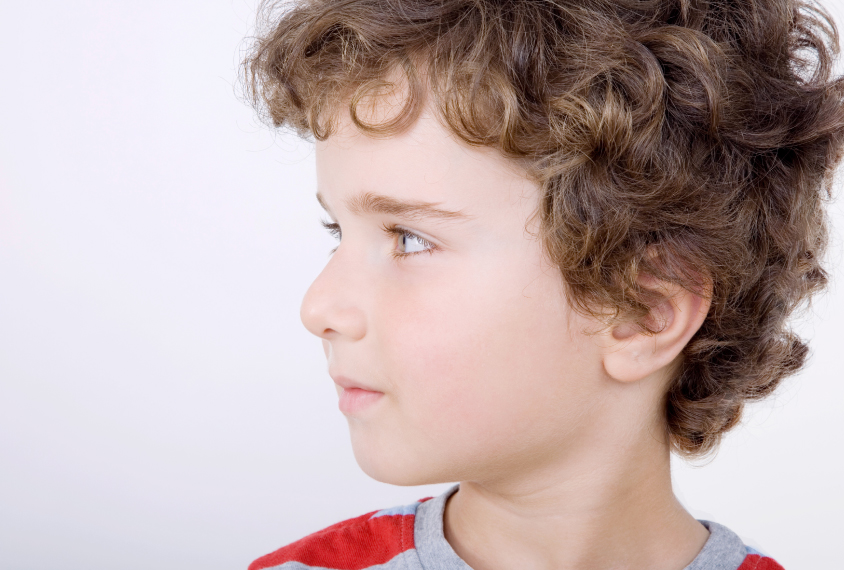
©iStock.com/huseyintuncer
THIS ARTICLE IS MORE THAN FIVE YEARS OLD
This article is more than five years old. Autism research — and science in general — is constantly evolving, so older articles may contain information or theories that have been reevaluated since their original publication date.
A specific area of the brain is responsible for following another person’s gaze, and this task is distinct from recognizing and reading faces, according to unpublished results presented yesterday at the 2015 Society for Neuroscience annual meeting in Chicago.
Tracking another person’s eye movements is an important component of joint attention, the process by which two people become engaged with the same object or task. People with autism tend to have poor joint attention skills, hampering their ability to connect with others.
In the study, 20 healthy adults, aged 21 to 46, lay in a functional magnetic resonance imaging (fMRI) scanner and looked at images of a person whose eyes pointed toward one of five colored boxes at the bottom of the screen.
In some trials, participants shifted their gaze to the same box the person in the image was eyeing. In others, they looked at the box that matched the color of the person’s eyes. An eye tracker recorded their eye movements.
The participants were equally fast and accurate at both tasks. And both tasks activate many of the same brain regions. But one spot lights up more brightly during gaze-following than it does for color-matching: a small spot on the cerebral cortex, the brain’s outer rind, that the researchers call the gaze-following patch.
A team led by cognitive neurologist Peter Thier at the University of Tübingen in Germany first identified the gaze-following patch in 20081. It sits at the back of a groove in the brain near the ear called the superior temporal sulcus (STS). The STS is a hub for processing all sorts of social information.
At the time, however, the researchers were not sure how distinct this gaze-following function is. The brain area governing it was near, and could be part of, a well-known network of regions dedicated to recognizing and understanding faces.
Shifting focus:
People with autism show abnormalities in face processing, and also have difficulty following the gaze of others. But whether their problem with gaze-following is separate from their face perception deficits is not clear. Such functional distinctions are important for understanding the neural underpinnings of their social difficulties, says Hamidreza Ramezanpour, a graduate student in Thier’s lab, who presented the work at the conference.
To parse these two functions, the researchers measured brain activity while participants viewed images of faces and other objects. The results revealed that the gaze-following patch is not one of the nodes in the face-processing network. It is, however, at the center of a constellation of face-processing areas — which could mean that it communicates closely with them.
“It’s in a very good position,” says Ramezanpour. “It could be a control center getting input from lots of face patches.”
The results suggest that gaze-following is not part of face processing but a different type of social task related to shifting your focus of attention.
“It’s a generic module that lights up in the STS whenever you need to use directional social cues,” Ramezanpour says. Bolstering this view, the researchers had previously found that the area at the back of the STS activates when people follow a turned head or a pointed finger2. Preliminary results in a rhesus macaque, also presented at the conference, point in the same direction. Recording activity from single neurons in the monkey’s cerebral cortex revealed a patch of gaze-following cells that is separate from ones nearby that respond to faces.
“In the gaze-following patch, they don’t care about faces,” Ramezanpour says.
The researchers are repeating the gaze-following brain scans in people with autism to see whether their brains separate joint attention and face processing the same way others’ do.
For more reports from the 2015 Society for Neuroscience annual meeting, please click here.
By joining the discussion, you agree to our privacy policy.